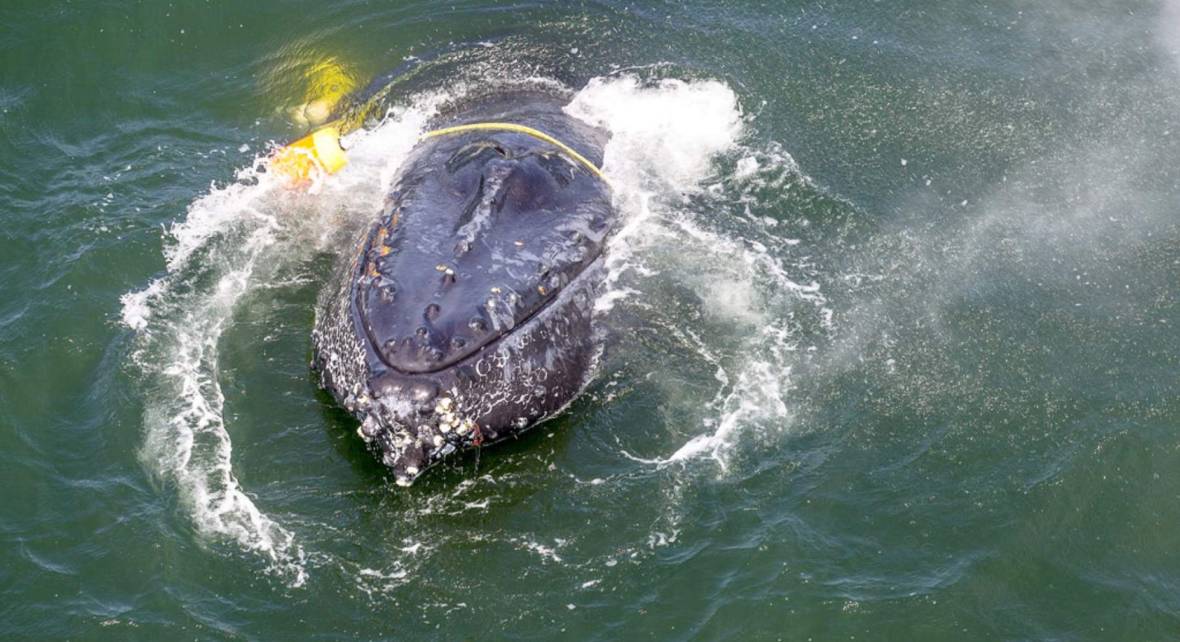California has issued new regulations designed to protect endangered humpback whales against potentially fatal entanglements in commercial fishing lines, and the Dungeness crab industry is not happy.
The state’s Department of Fish and Wildlife on Nov. 1 released rules that allow officials to shut down crabbing in areas where whales are spotted.
Under the new regulations, whale activity has already triggered the delay of the 2020 crab season on the Central Coast after aerial and boat surveys spotted an estimated 400 whales. The season was set to open Nov. 15, in time to put crab on Thanksgiving tables. The crab boats will not get the go-ahead until the department makes its next assessment, which is expected to occur before Dec. 1. The area subject to the delay runs from the Sonoma-Mendocino County line to the Mexico border.
The Dungeness crab fishery brings in on average about $30 million each year for California fishermen. But the vertical ropes that connect crab traps on the ocean floor to buoys at the surface can ensnare humpback and blue whales, as well as leatherback sea turtles.
“There’s been a major increase in the number of entanglements just in the last five years,” said Geoff Shester, a senior scientist for the environmental nonprofit Oceana.
In 2016 alone, more than 50 confirmed humpback whale entanglements occurred off the West Coast. A report from the National Oceanic and Atmospheric Administration listed California’s Dungeness crab fishery as the largest contributor. Data from the agency projects that roughly three-quarters of whales that get tangled in the lines may eventually die as a result.
“What these regulations do is they create a new system for determining when certain areas might be closed to crab fishing if there’s a lot of whales or turtles around,” Shester said.
Under the new rules, crabbing can be halted in regions where 20 or more whales are spotted. Toward the end of the season, in the spring, 10 or more whales can trigger a shutdown, and confirmed entanglements have the potential to end the season altogether.

